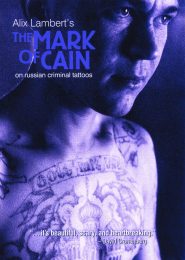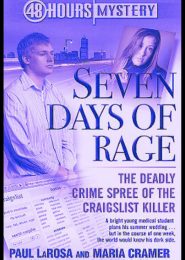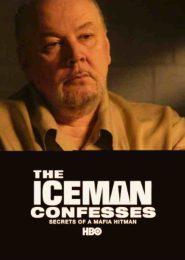Land of Missing Children: The Rape Trade (2005)
In 2005, the documentary “Land of Missing Children: The Rape Trade” delved into the harrowing world of human trafficking, exposing the grim reality faced by countless vulnerable individuals. This powerful film sheds light on the dark underbelly of an industry that thrives on the commodification of human lives.
The central focus of the documentary was the heart-wrenching plight of young girls who fall victim to this insidious trade. An estimated 30,000 girls are trafficked into the sex industry annually, their innocence shattered as they are thrust into a life of unimaginable suffering and exploitation. These victims, often sold by desperate parents or abducted from the streets, endure a cycle of abuse that leaves them scarred physically, emotionally, and psychologically.
India, in particular, grapples with the acute repercussions of this crisis. The film highlighted the story of Pratima, a rare survivor who managed to escape the clutches of her captors. Pratima’s journey was one of resilience and defiance. She was taken from her home in Siliguri, drugged, and forced onto a train bound for Calcutta. There, she was thrust into the brutal world of prostitution and subsequently sold to a notorious brothel in Bombay (Mumbai), known as “Sheila’s”.
The documentary team ventured into the Red Light district of Calcutta, where they encountered a unionized group of brothel madams. These women, despite receiving British aid money for health programs, perpetuated the exploitation of underage girls. The sordid reality was evident: many of the girls were clearly under 18, yet fear silenced their voices. The team’s investigation led them to the head of the Rescue Foundation, Balkrishna Achariya, who risked everything to infiltrate brothels and rescue girls seeking liberation. With his assistance, the infamous “Sheila’s” was exposed, revealing the presence of underage girls trapped in its dark confines,
The film’s impact extended beyond mere documentation. It ignited conversations about the urgent need for global awareness, advocacy, and action against human trafficking. “Land of Missing Children: The Rape Trade” served as a wake-up call, urging viewers to confront the uncomfortable truth that millions suffer in silence, their lives reduced to mere commodities in an illicit marketplace.
In a world where the trade in human beings ranks as the third largest criminal industry, surpassing even the sale of guns and drugs, this documentary stood as a testament to the resilience of survivors and a plea for justice and compassion. It urged us to recognize that behind every statistic lies a human story—a story of pain, courage, and the fight for freedom.




